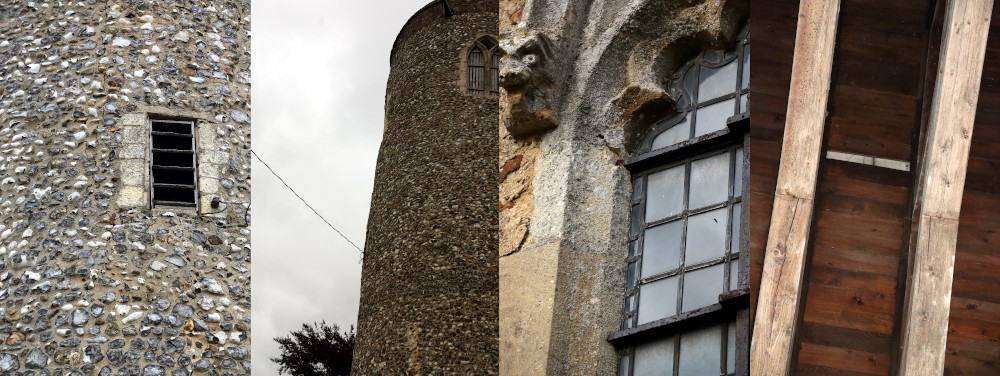St Peter and St Paul’s Church, Tuttington has received a financial boost from the government’s £1.57 billion Culture Recovery Fund to help fund essential survey work during the coronavirus pandemic.
Lifeline grants from the Culture Recovery Fund are designed to protect heritage sites and ensure that jobs and access to culture and heritage in local communities are protected during the months ahead.
Tuttington Church has been awarded £16,039 for essential survey work to assess the rate of deterioration to the tower, in particular the cracks and bulges in the masonry and failing internal timberwork, and to the nave walls and chancel roof.

Grants of up to £25,000 are being allocated to cherished heritage sites, like Tuttington Church, across the country to cover urgently needed maintenance and repairs. This vital funding comes from a part of the Culture Recovery Fund called the Heritage Stimulus Fund and is administered on behalf of the government by Historic England.
As well as rescuing precious heritage buildings in need, the injection of cash will protect livelihoods for some of the most vulnerable heritage specialists and contractors working in the sector.
Culture Secretary, Oliver Dowden, said: “These grants will help the places that have shaped our skylines for hundreds of years and that continue to define culture in our towns and cities. We’re protecting heritage and culture in every corner of the country to save jobs and ensure it’s there for future generations to enjoy.”
St Peter and St Paul’s Church has played an important role in the community of Tuttington for almost 1000 years. It is an important round-towered medieval church most examples of which occur only in Norfolk. It has a grade II-star listing and is noted not just for its round tower but also for its unique pew end carvings. The church is the only community building in Tuttington used both for regular services and village events.
Church Warden June Rumsby said “We are so pleased to receive this financial help from Historic England, it will make a real difference to the work that needs to be done to prevent our church building from further decay and keep it as an important part of the life of our village.”
Fundraising organisers Janet Lodge and Simon Covey said “After many years of fundraising with the support of our community this is a real boost to morale, especially at a time when ongoing fundraising has become virtually impossible. It will not only enable us to establish in detail where the building is failing so we can prioritise the repairs, but is an essential phase of our long term project to restore the building and improve the facilities for the community now and for future generations”.
Work was due to start mid January, the current lockdown restrictions mean it has had to be delayed, but we are still hoping that we will see some work starting by the end of February.
Duncan Wilson, Historic England Chief Executive said: “Historic places across the country are being supported by the Government’s grants awarded under the Culture Recovery Fund. This funding is a lifeline which is kick-starting essential repairs and maintenance at many of our most precious historic sites, so they can begin to recover from the damaging effects of COVID-19.
“It is also providing employment for skilled craft workers who help keep historic places alive and the wheels of the heritage sector turning. Our shared heritage is an anchor for us all in these challenging times and this funding will help to ensure it remains part of our collective future.”.

Thanks go to the Department for Culture, Media and Sport (DCMS) and to Historic England